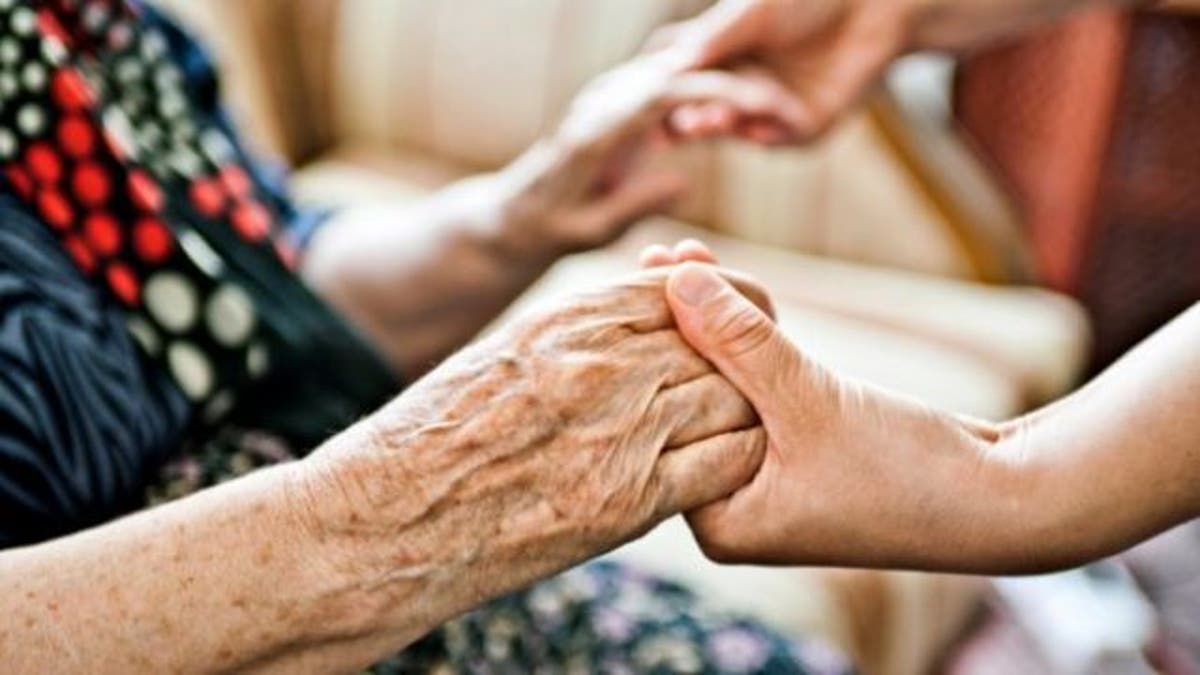
Hospice care may start closer to the end of life for residents of assisted living facilities than for people receiving care at home, a recent study finds.
Assisted living facility residents may also be less likely to receive opiate painkillers to ease discomfort in their final days, and less likely to die in an inpatient hospice unit.
“These findings point out the importance of thinking carefully about the advantages and disadvantages of care settings,” lead study author Dr. David Casarett, director of palliative care for Penn Medicine, said by email.
Each year, an estimated 1.6 million Americans receive hospice care, which focuses on comfort and quality of life rather than on curing disease, Casarett and colleagues note in the Journal of the American Geriatrics Society.
While roughly two thirds of people “in hospice” receive care at home, a significant minority – 7 percent – live in residential facilities such as assisted living settings, according to the researchers. By 2050, 27 million people will be 65 and older in the U.S., and many of them will be housed in assisted living.
To explore the differences in hospice care for patients living at home versus people in assisted living, the researchers reviewed electronic medical records for 12 nonprofit hospice programs in New Mexico, California, Pennsylvania, Wisconsin, Michigan, Ohio, Florida, Texas, Kentucky, Kansas and Missouri.
At hospice enrollment, between 2008 and 2012, 78,130 of the patients in the study lived at home and 7,451 were in assisted living.
Assisted living patients were typically older and more likely to be female and have dementia, disability or at least one previous stroke. People receiving home hospice care were more likely to have cancer.
Hospice stays tended to be briefer in assisted living, lasting no more than 24 days for half the patients in that setting, compared to at least 29 days for half of the home hospice patients.
Pain was common regardless of where patients received care. But assisted living residents were roughly half as likely as people at home to receive powerful opiate painkillers.
Men and people with cancer were more likely to receive opiates, while white and older patients were less likely to get these medicines.
Assisted living residents were also about half as likely as home hospice patients to die in a hospital setting, the researchers note.
One limitation of the study is that it didn’t include individual patients' pain levels or preferences about where they wanted to die, the authors acknowledge.
It’s surprising that access to opiates varied by care setting, but encouraging that assisted living facility residents with hospice care got to stay “home” to die, said Dr. Laura Hanson, co-director of the palliative care program at the University of North Carolina School of Medicine in Chapel Hill.
“The study cannot tell us if hospice improved other aspects of pain management – other medications, music or massage therapy, for example,” Hanson, who wasn’t involved in the study, said by email.
Families and patients weighing options for end of life care should work closely with doctors and nurses to understand the course of their illness and what common medical situations are likely to arise, said Marlene McHugh, a palliative care researcher at Columbia University School of Nursing.
Patients should consider: “Will I require a feeding tube, oxygen, dialysis?” McHugh, who wasn’t involved in the study, said by email. “Appoint someone to be your voice, to make decisions on your behalf.”
Sometimes hospice begins too late to provide enough time for optimal support and pain management, said Debra Dobbs, a researcher in aging at the University of South Florida in Tampa who wasn’t involved in the study.
End of life care decisions need to be documented in the form of advanced directives, also known as living wills, as well as do-not-resuscitate (DNR) orders barring the use of interventions such as ventilators, respirators or life support, Dobbs said by email.
The most important step to ensure patients receive hospice care that’s in line with their personal beliefs and preferences, according to Hanson: “Communicate, communicate, communicate.”